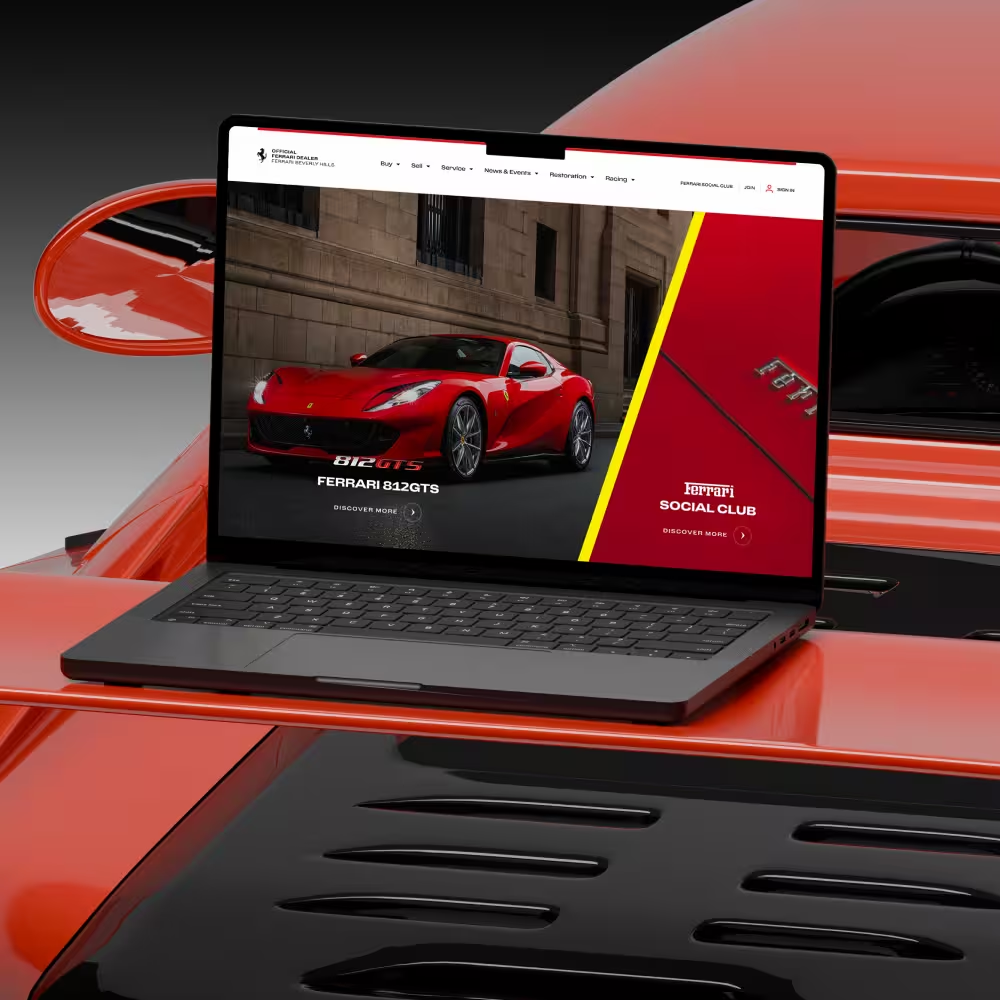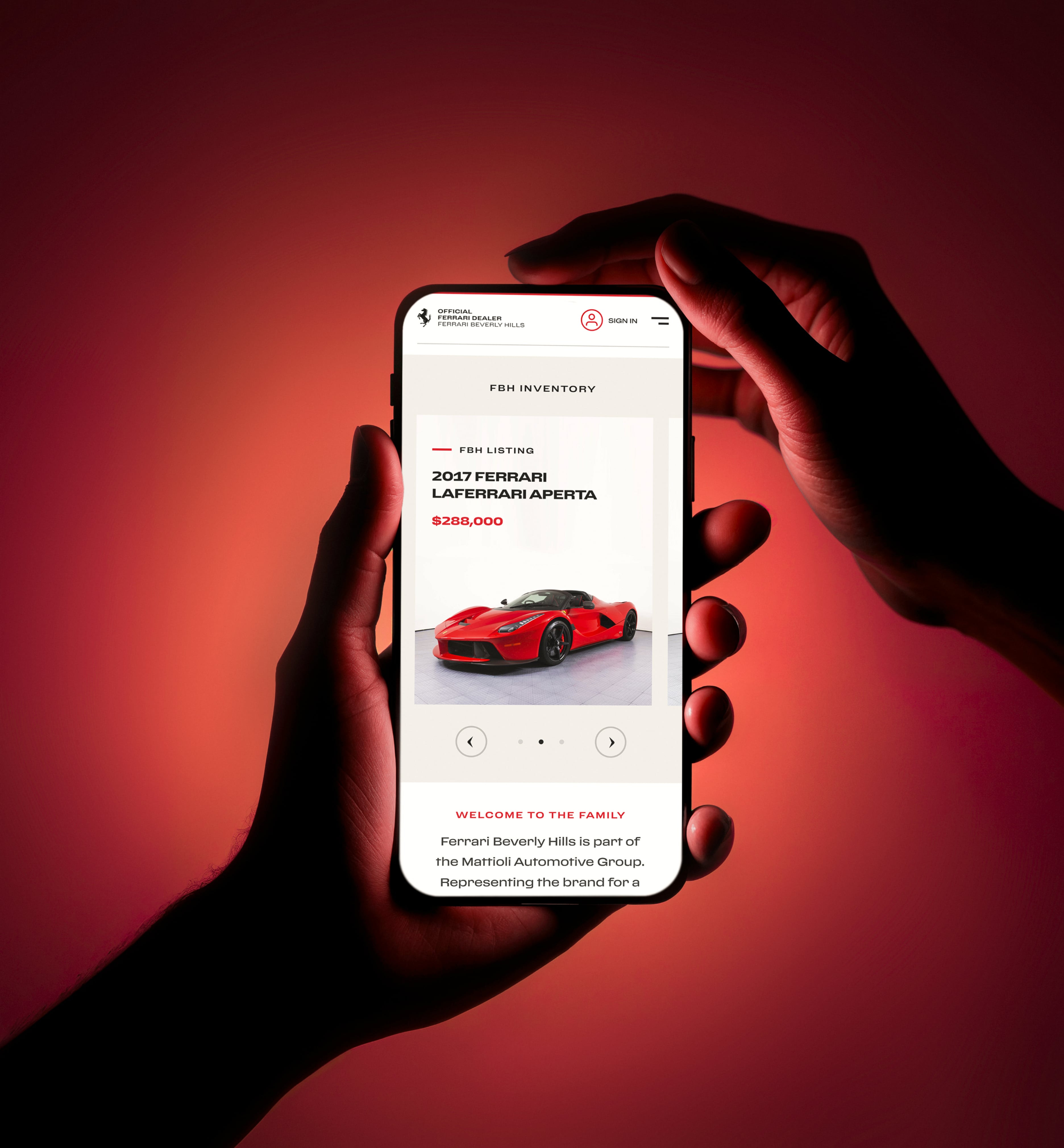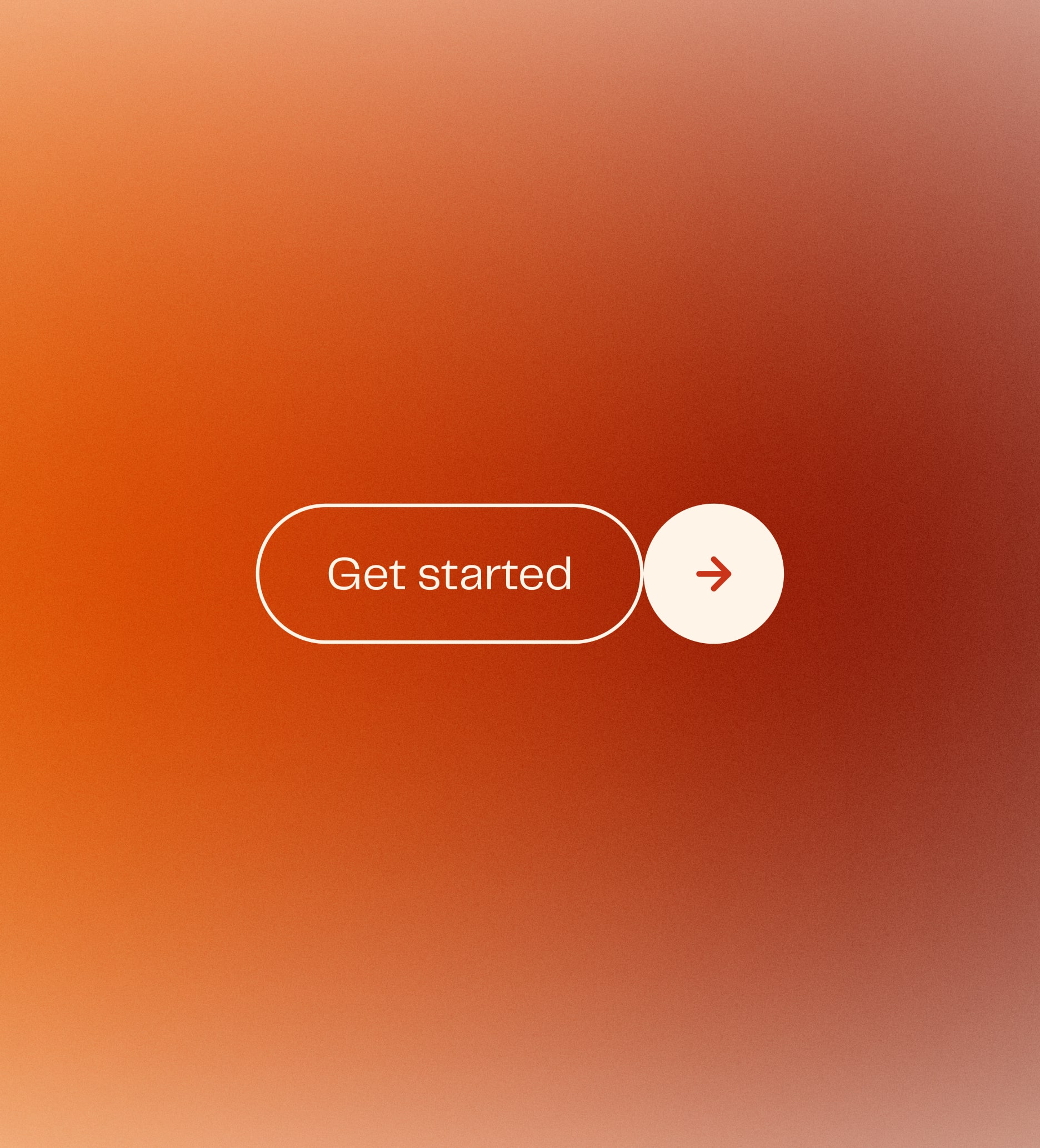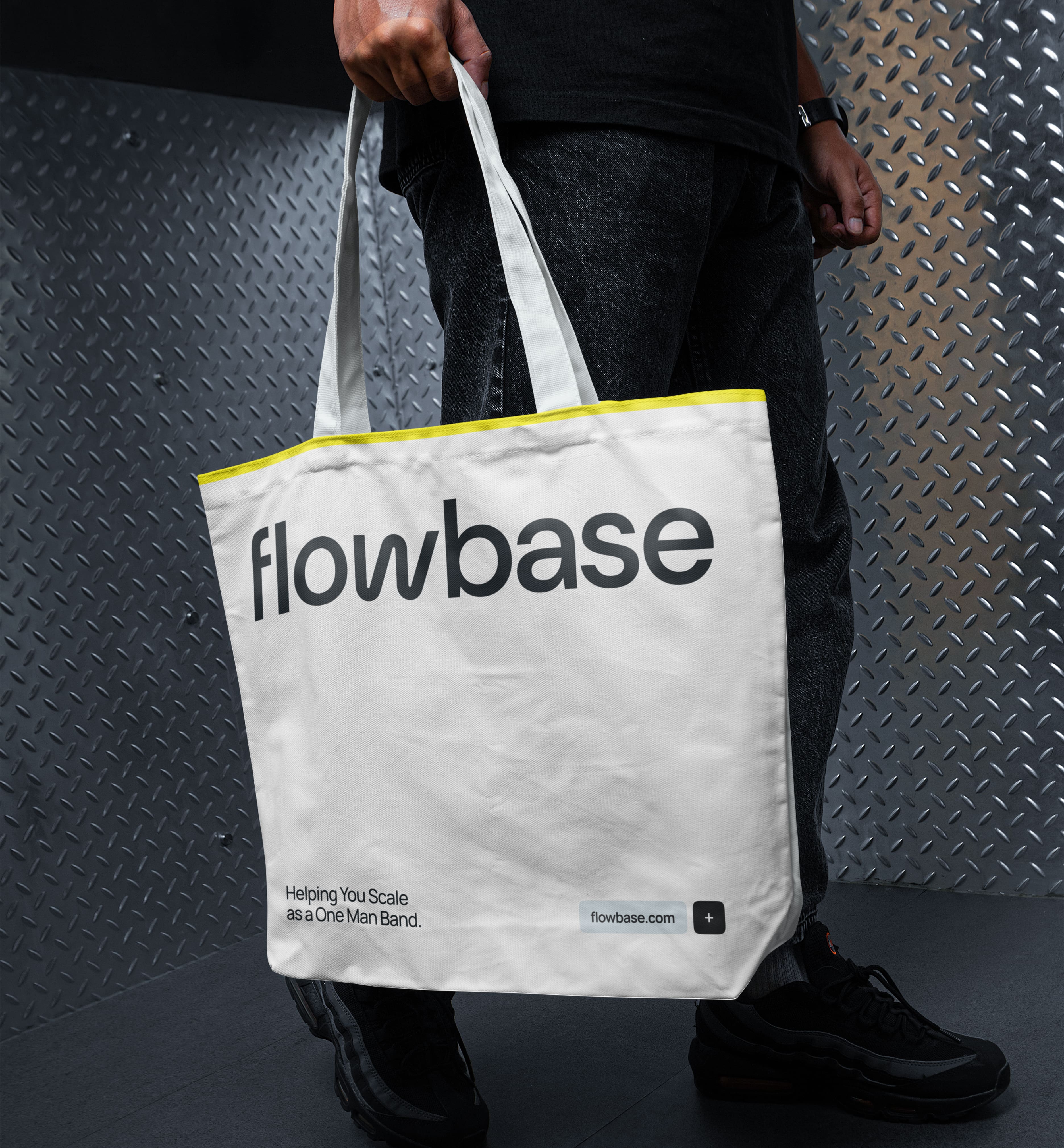For decades, branding revolved around rigid consistency: one logo, one color palette, one set of rules that had to work everywhere. But in today’s fragmented digital environment, a static identity can feel like a straitjacket. Brands need systems that are as flexible as the platforms they live on.

Beyond the One-Size-Fits-All identity
A modular brand isn’t a single logo stamped everywhere. It’s a toolkit of adaptable parts: a wordmark that shortens into a symbol for social avatars, a typography system that flexes from website headlines to smartwatch screens, and a color palette that expands or contracts depending on the medium. Think of Spotify’s visual system - fluid gradients, adaptive logos, and dynamic layouts - built to flex across everything from playlists to billboards.
Why modularity matters?
Consistency isn’t about identical replication anymore; it’s about recognizable coherence. A modular system ensures that no matter where your brand appears - a product dashboard, a LinkedIn carousel, or a physical package - it feels unmistakably yours, even if the execution looks different.
Modular branding also enables scale. Teams can launch campaigns faster, test new ideas without diluting the identity, and collaborate across regions without endlessly reinventing assets. Google’s Material Design or IBM’s Carbon Design System are prime examples: modular frameworks that keep sprawling organizations visually aligned while leaving room for creative expression.














































.jpg)




